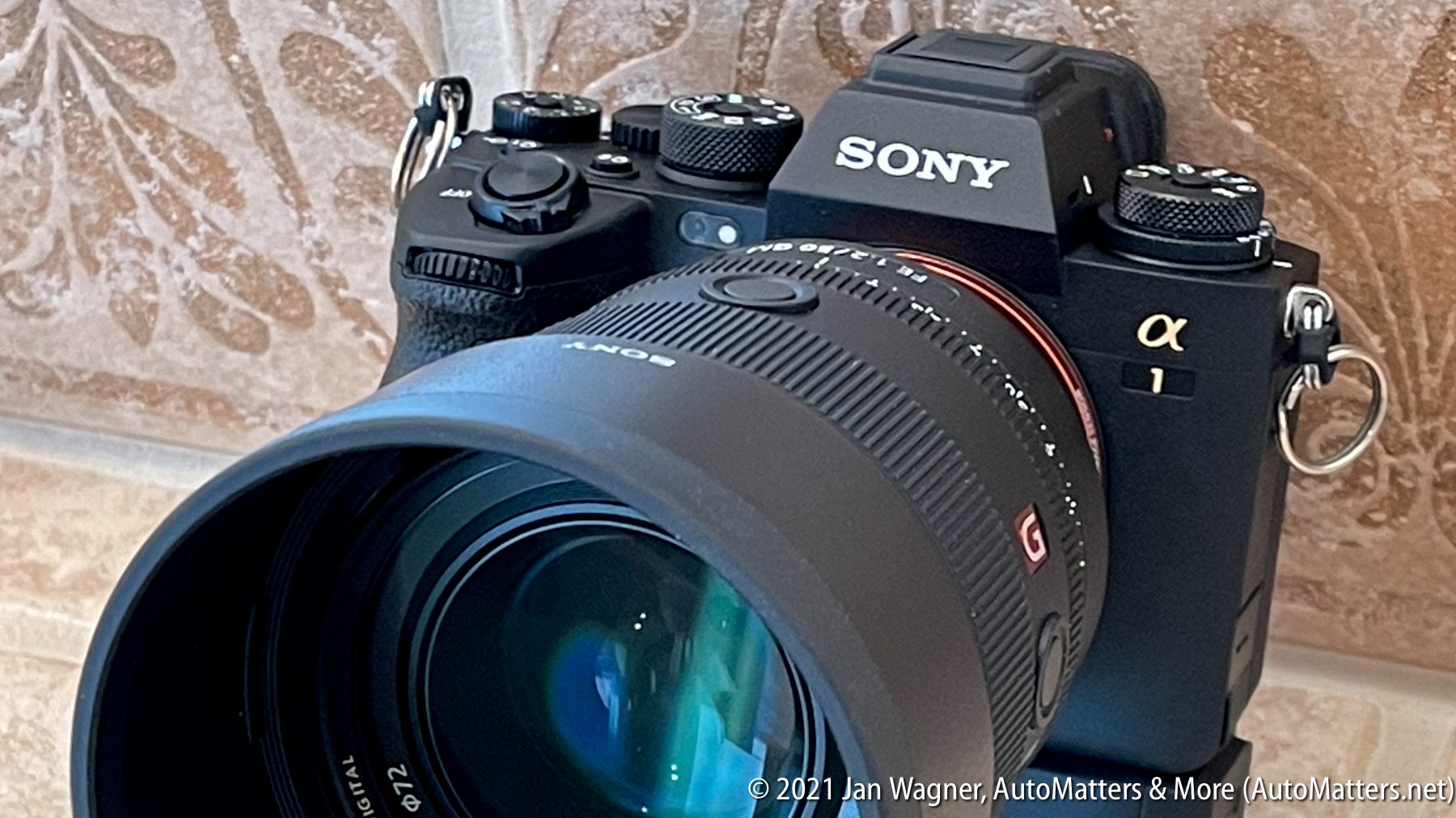
Another revolution in photography, changing systems & JPL + POSTSCRIPT
State of the Art, from Sony
From the early 1970s until the turn of this century, I mostly shot with Nikon SLR cameras. At first, about the only electronic component in those cameras — at least that I was aware of — was a light meter. Settings were done manually as was focusing, and advancing the film from shot-to-shot (motor drives were available for some cameras as expensive, add-on options).
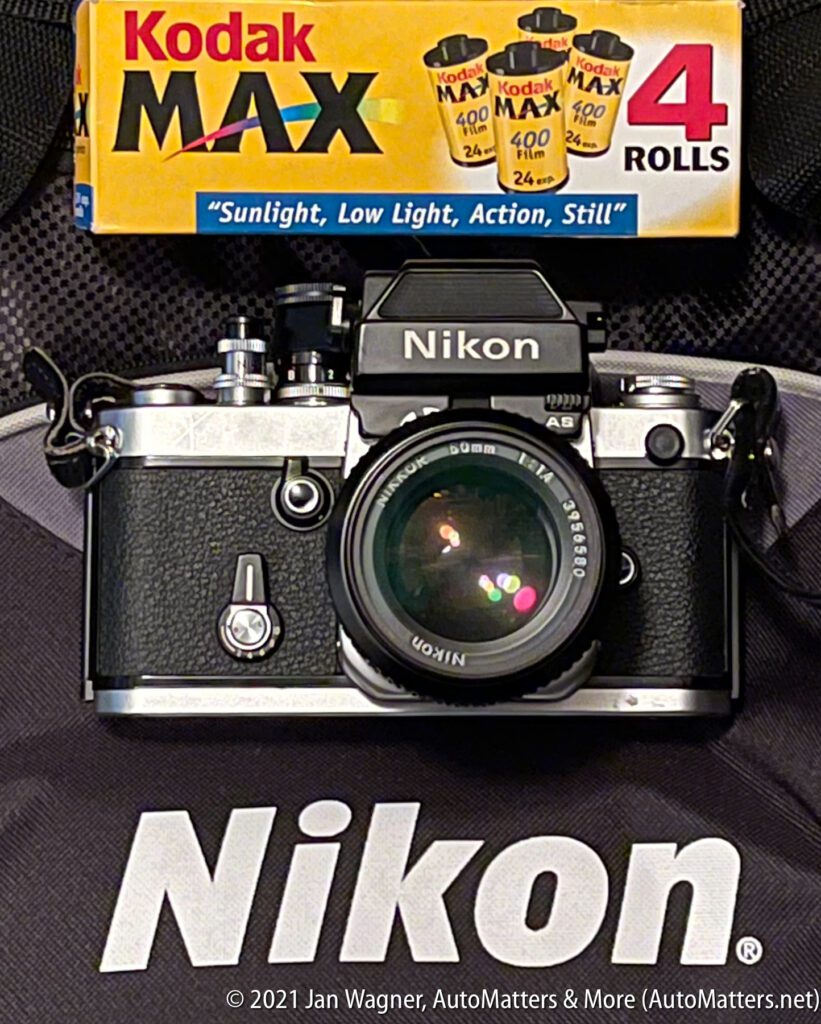
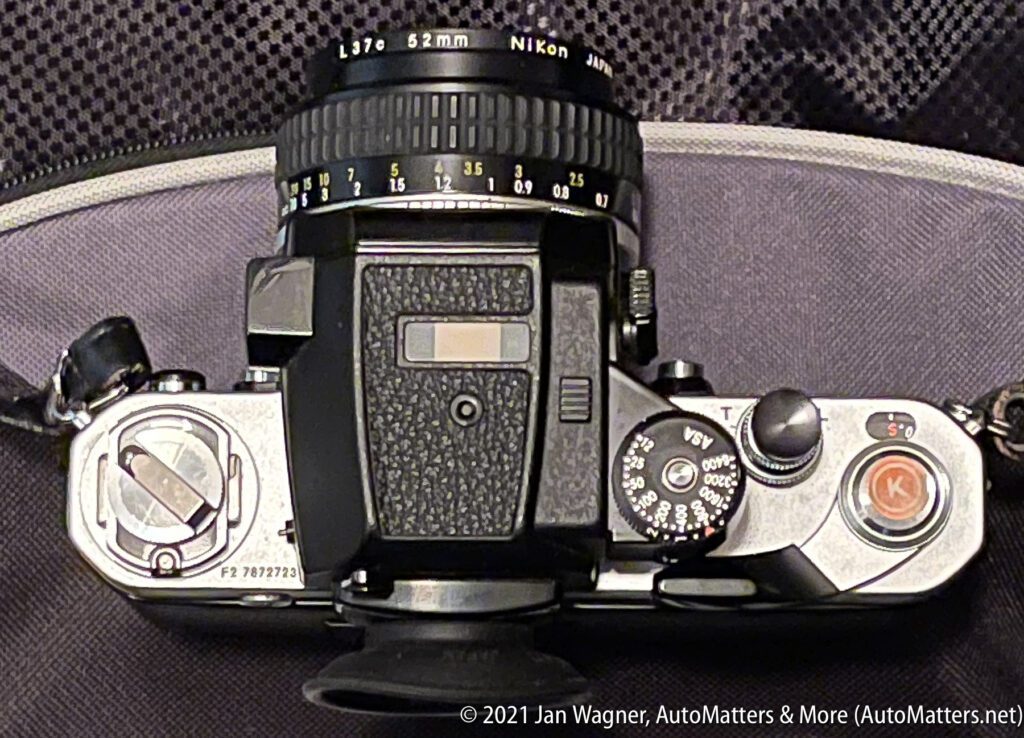


Over the years, more electronics were introduced into SLRs, including autofocus, but their images were still recorded on film.

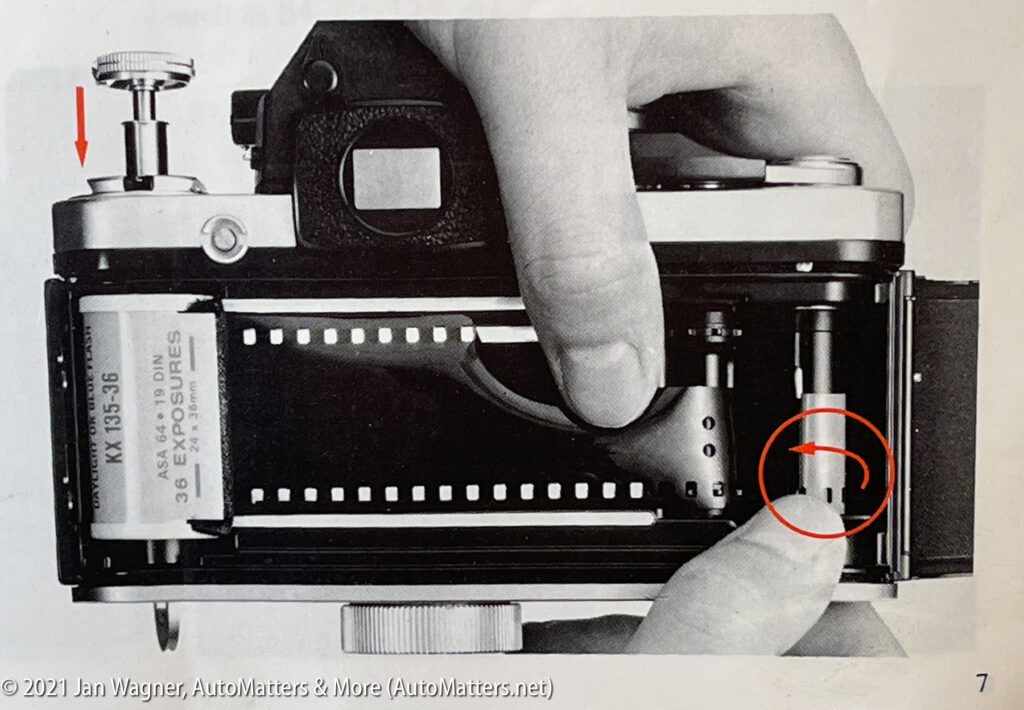
A major revolution in photography occurred around the turn of this century with the introduction of digital (DSLR), versus film cameras. Especially at first, their image quality was somewhat inferior to that of film cameras, but no longer did we photographers have to pay to have film processed and printed, nor were we restricted to only 24 or 36 exposures per roll of one-time-use-film. Instead, we used reusable memory cards of increasing capacity. Furthermore, we could immediately see a reasonable facsimile of what we shot in the camera’s monitor, instead of having to wait — and hope — until we got the pictures back from the lab.
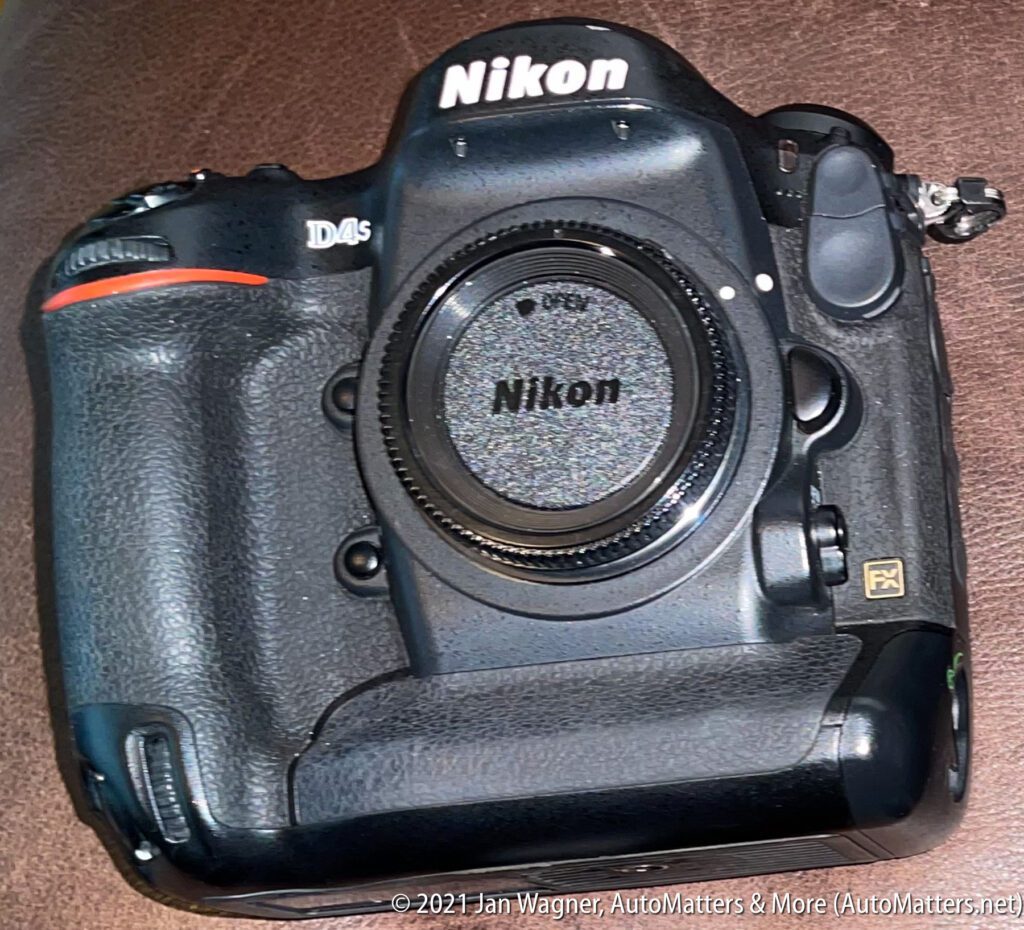
I switched to digital and retired my trusty Nikon F2AS film camera.
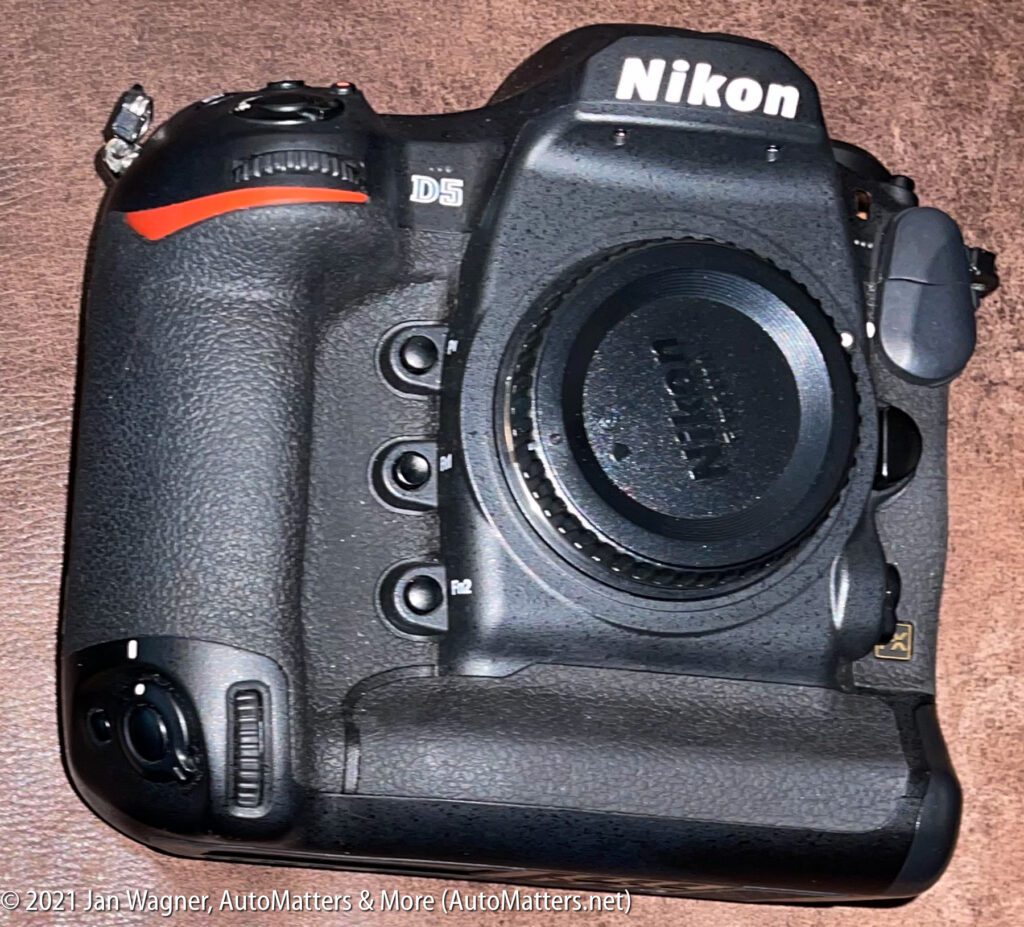
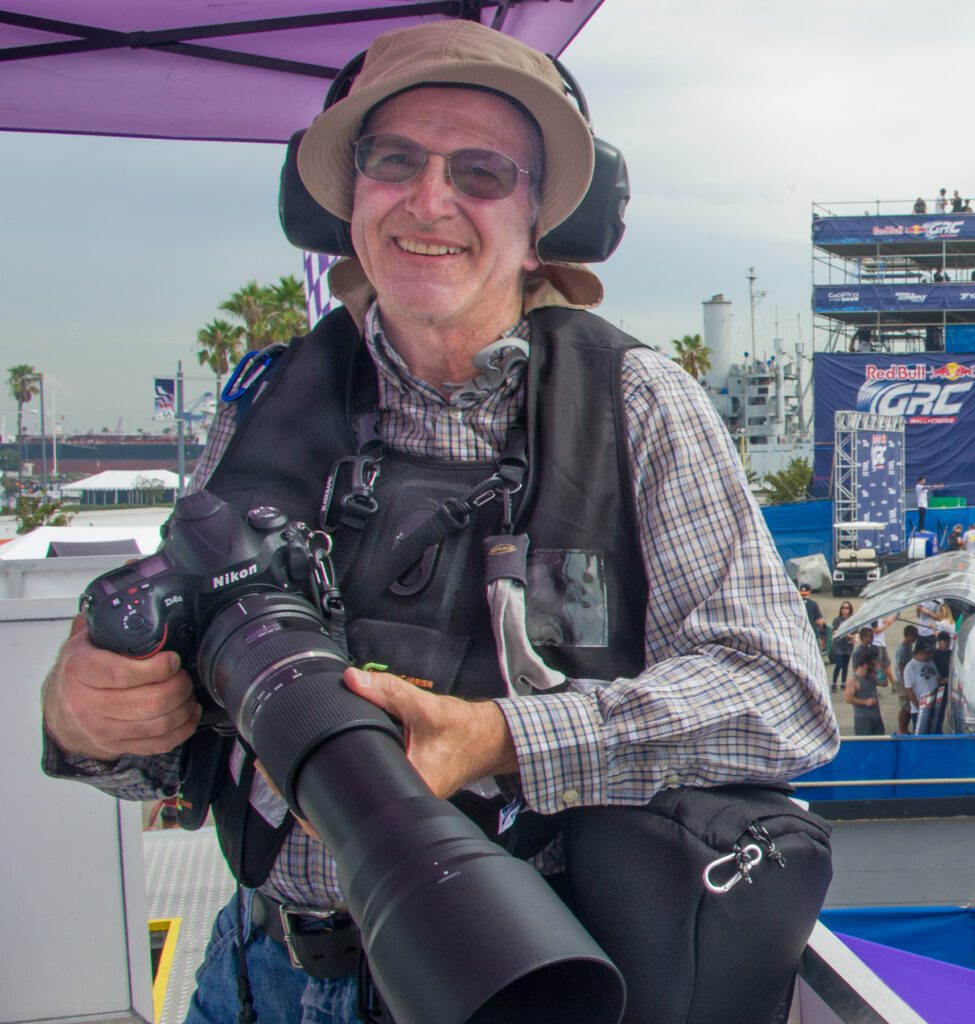

Over the past few years we have seen another — albeit more subtle — revolution in serious amateur and professional, interchangeable lens cameras, with the ascendance of mirrorless cameras.

SLR and DSLR cameras use mirrors to let the photographer see, in an optical viewfinder, what they are about to shoot. Then, when they press the shutter release, the mirror momentarily flips out of the way from between the lens and the film or image sensor, and a mechanical shutter opens and closes to take the picture. All of this happens very quickly, and each time a clicking noise is made.
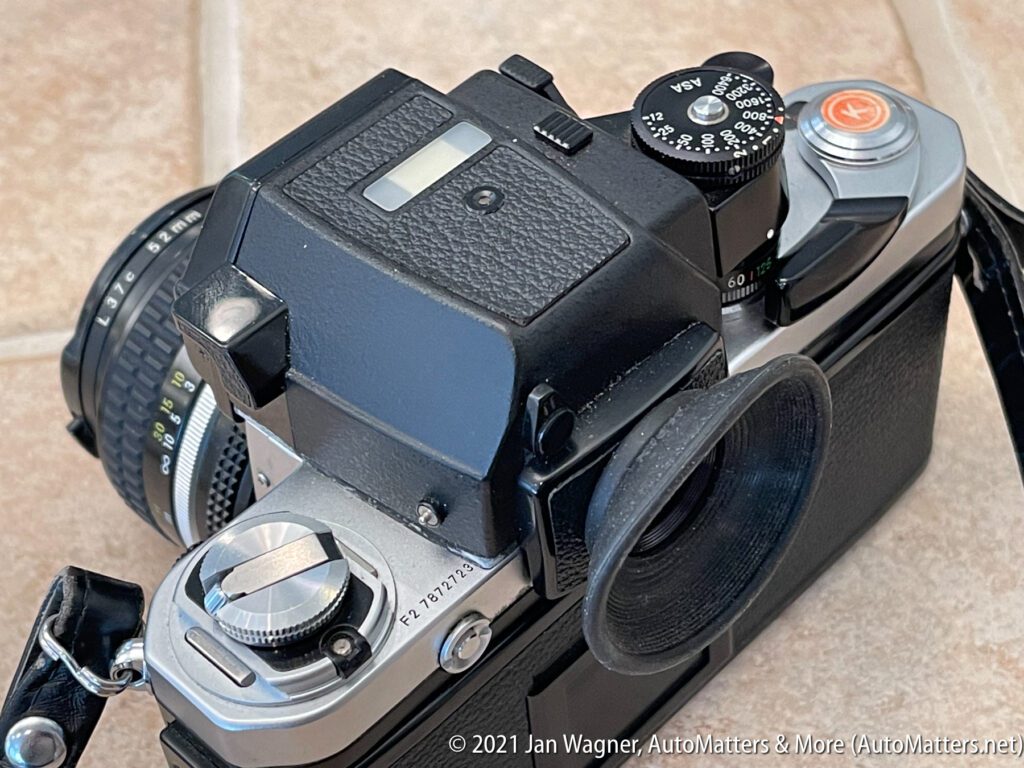

Mirrorless cameras use an electronic viewfinder (EVF) instead of an optical one, so they can be smaller and lighter. Some are completely silent.
I started to give serious consideration to mirrorless while I was shooting at one particular event, a few years ago, while on a guided public tour at the Jet Propulsion Laboratory in Pasadena, California. There were lots of interesting things to see, so I took lots of pictures.
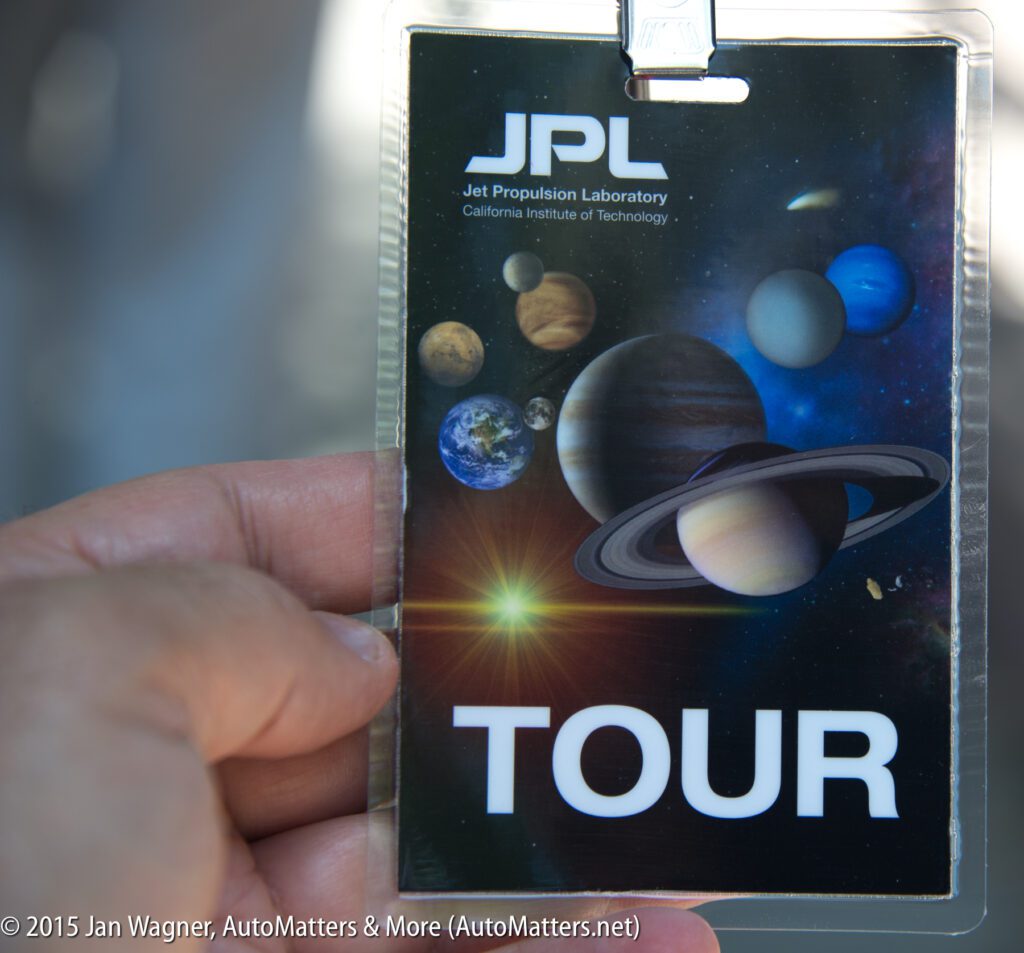


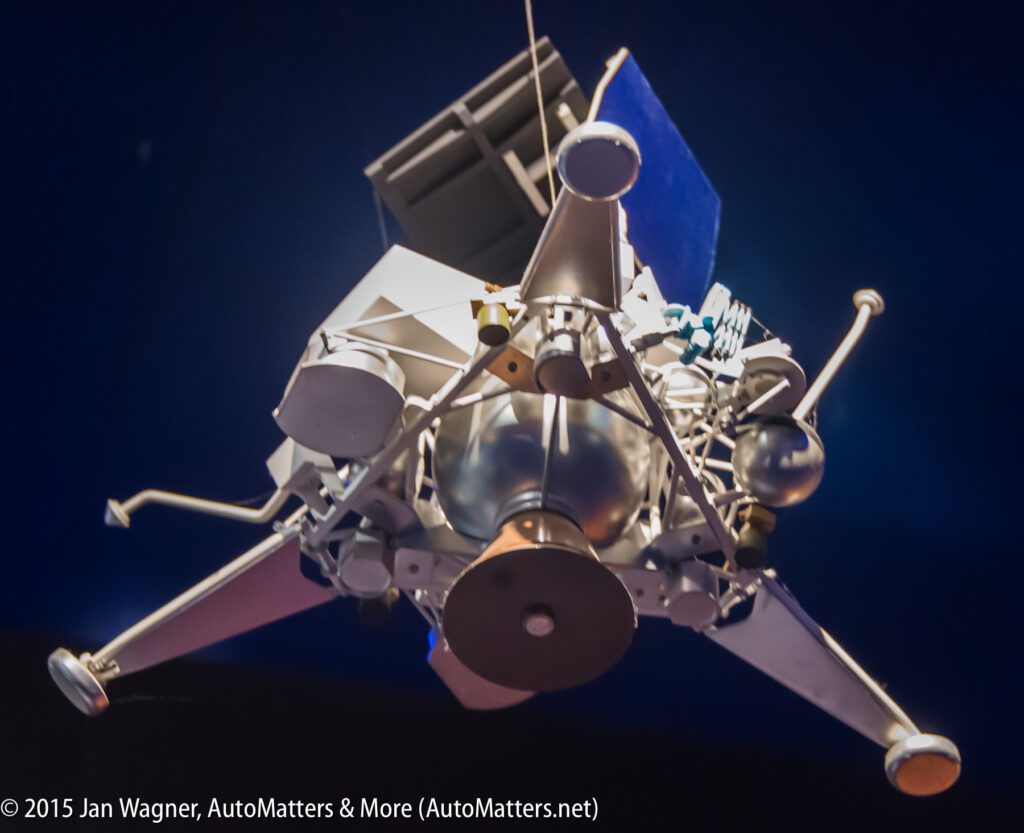
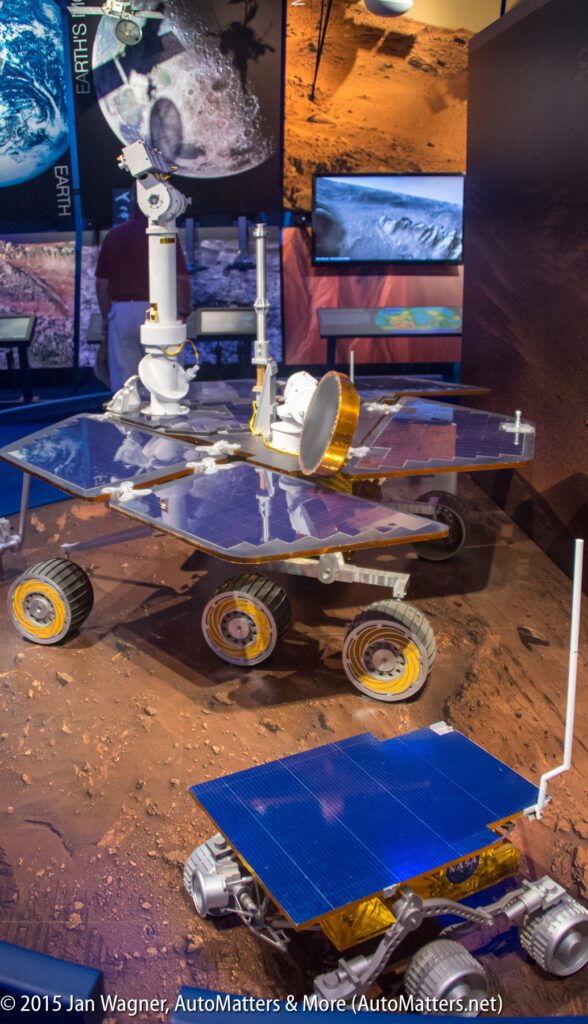
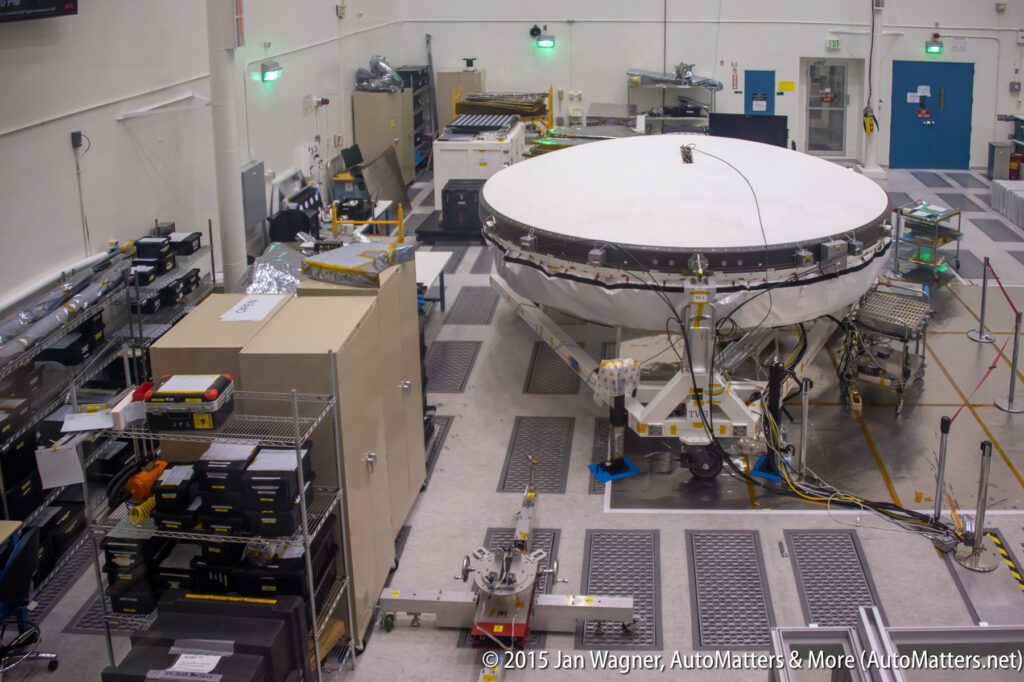
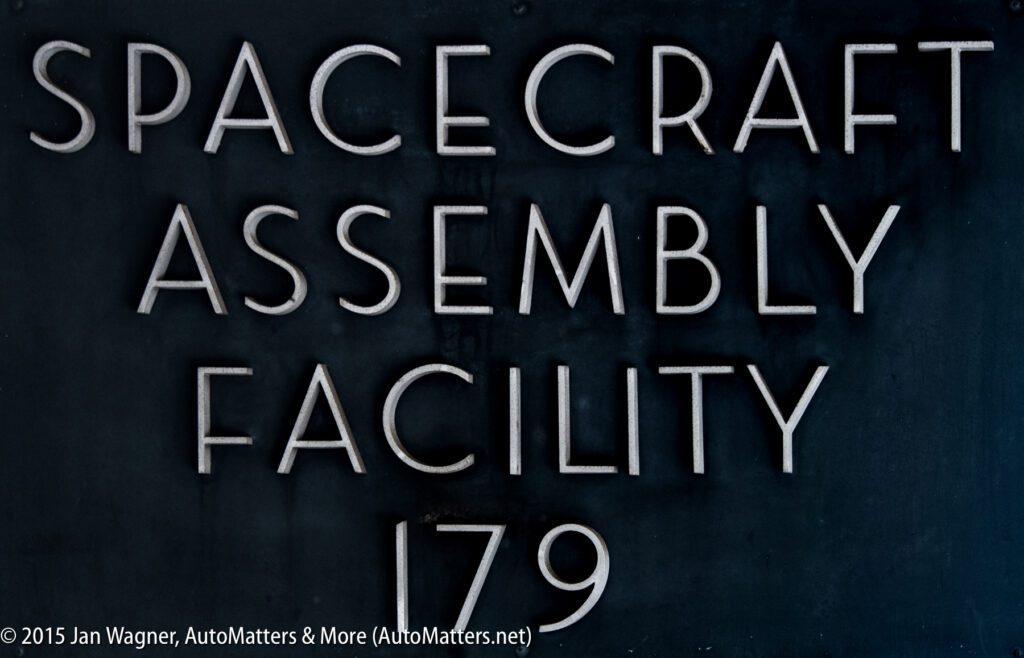

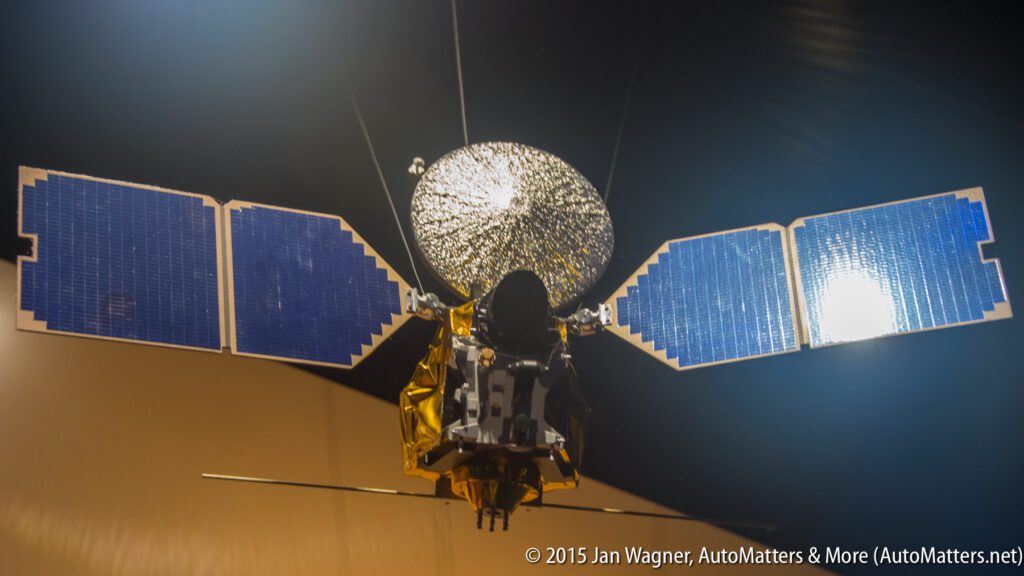
At one point in the tour we were invited into a darkened auditorium to see a video presentation. I stood at the back of the room and switched my professional Nikon DSLR to its ‘Quiet’ setting (somewhat muffled). My camera could only perform truly silent photography in its “Live View” mode, which provides seriously inferior performance, so I rarely used it.
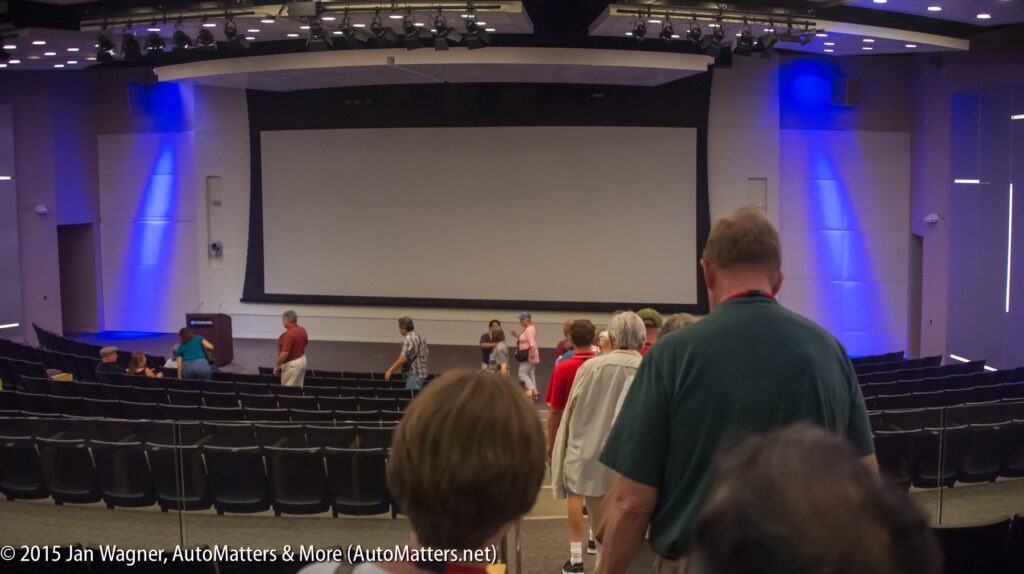
After the presentation, as we filed out of the auditorium, an audience member approached me and began speaking. She was furious, accusing me of ruining her enjoyment of the presentation because of that (expletive deleted) clicking of my (expletive deleted) camera. I apologized profusely but she just stormed away — and several other audience members glared at me too.
I never forgot that experience. That woman would likely be pleased if she knew that, ever since that moment, I have been much more conscious of the environments that I have been shooting in, and have acted accordingly.
Mirrorless cameras have come a long way. Sony’s top-of-the-line mirrorless cameras offer features that not even my professional Nikon DSLRs could match, including amazing subject tracking, incredibly high burst speed, silent operation, smaller size and weight, much higher resolution and more programmable buttons and controls.



I bought one of Nikon’s mirrorless cameras — the Z6 — to try out the technology. Generally I liked it, but its operation was slower than that of my Nikon professional cameras.
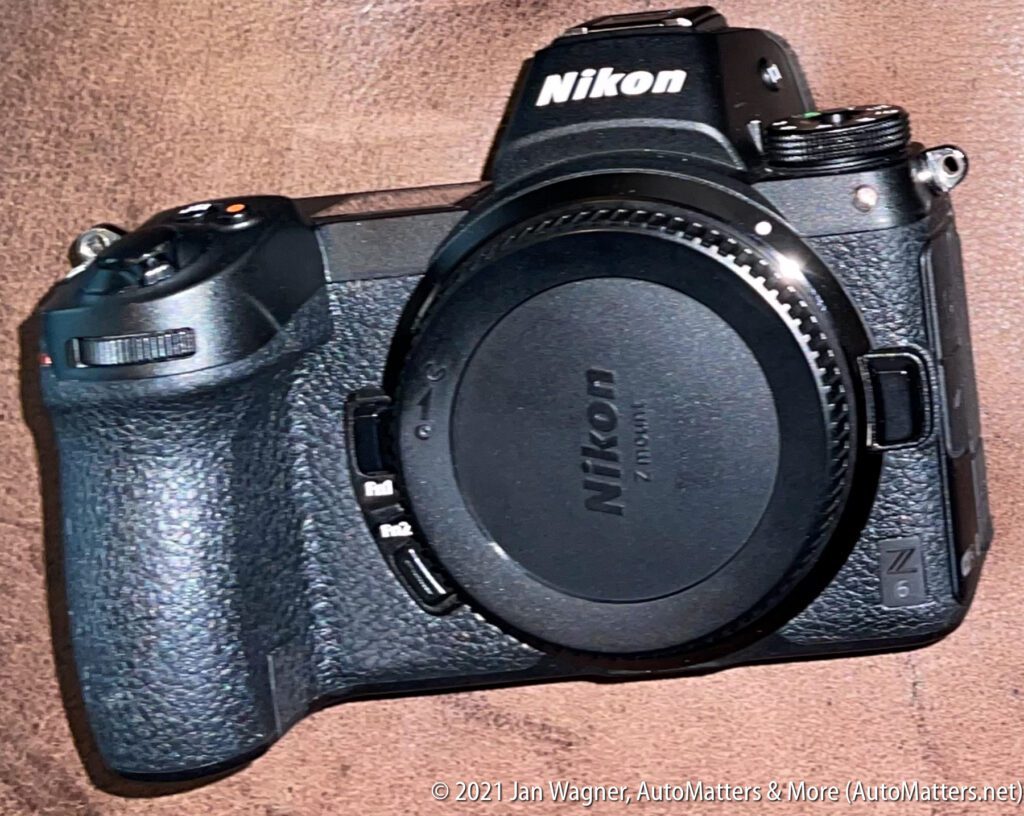
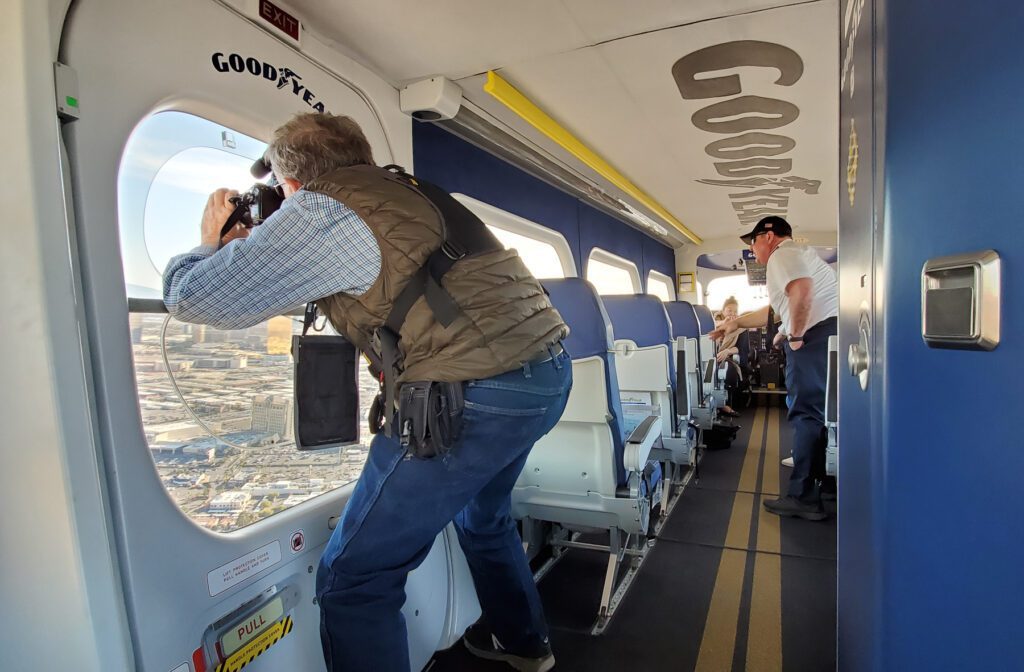
A new, professional Nikon mirrorless camera is on the horizon, but instead I made the difficult decision to sell my Nikon-related gear and switch to Sony’s Alpha 1 cameras. I bought two of them, so that I will no longer have to remember which controls do what on different camera models, while on a shoot. I also needed to buy new lenses, batteries and other gear.

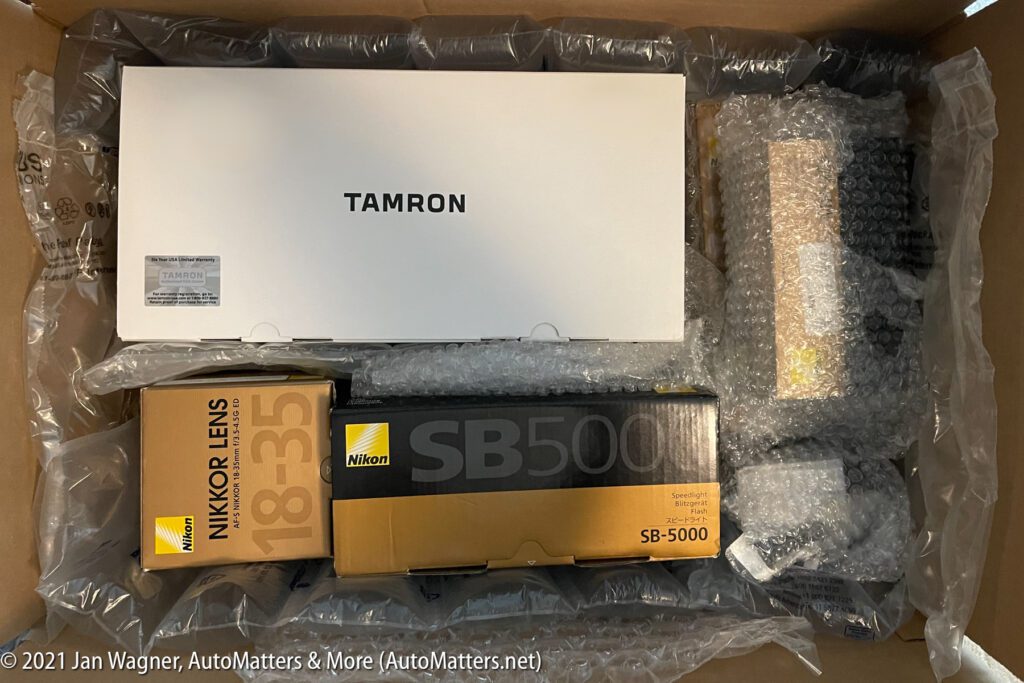

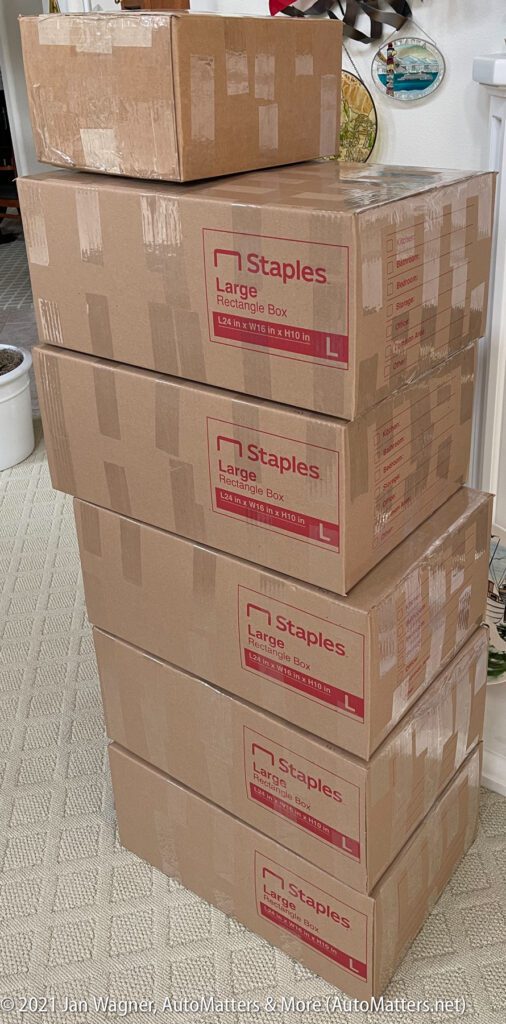
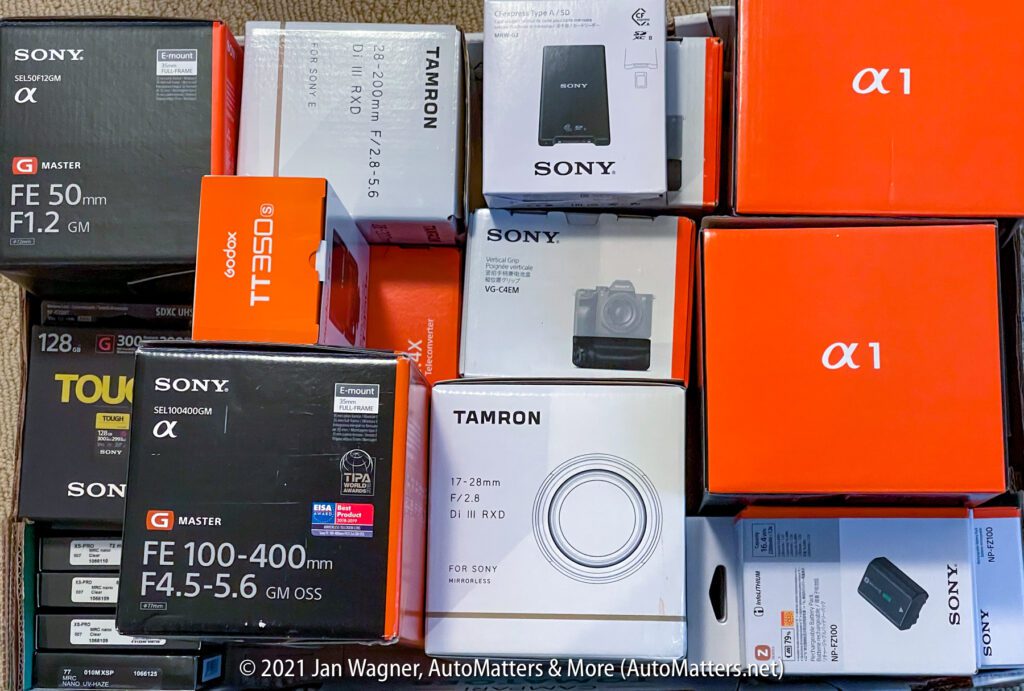
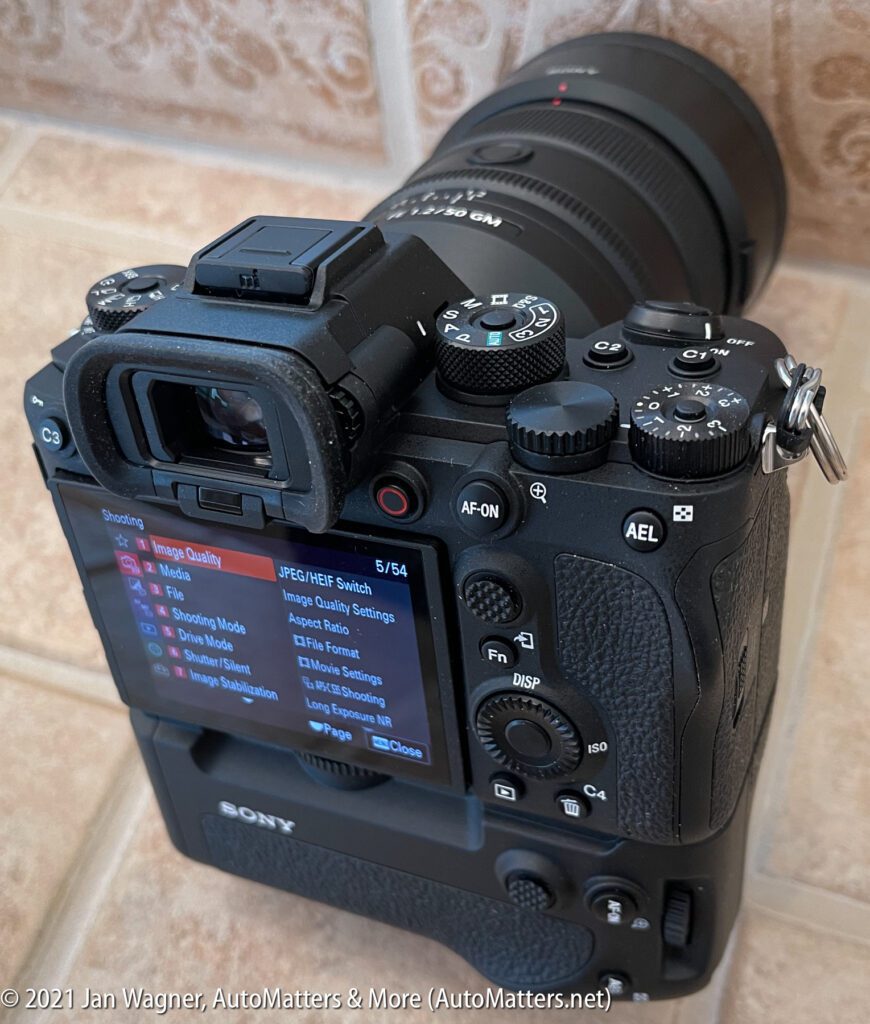
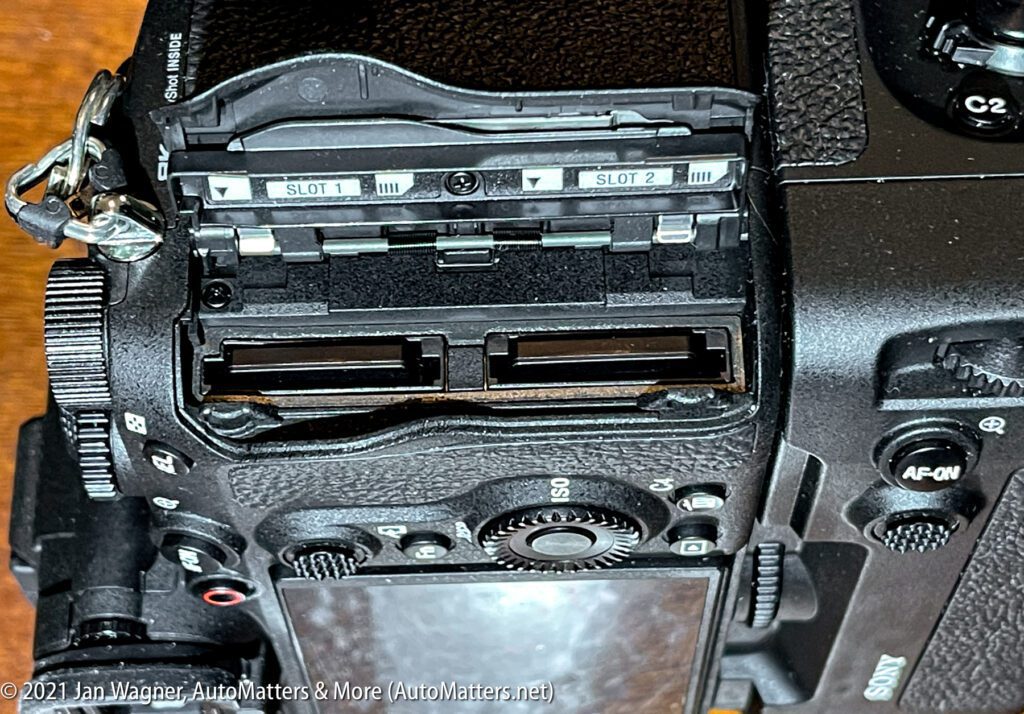
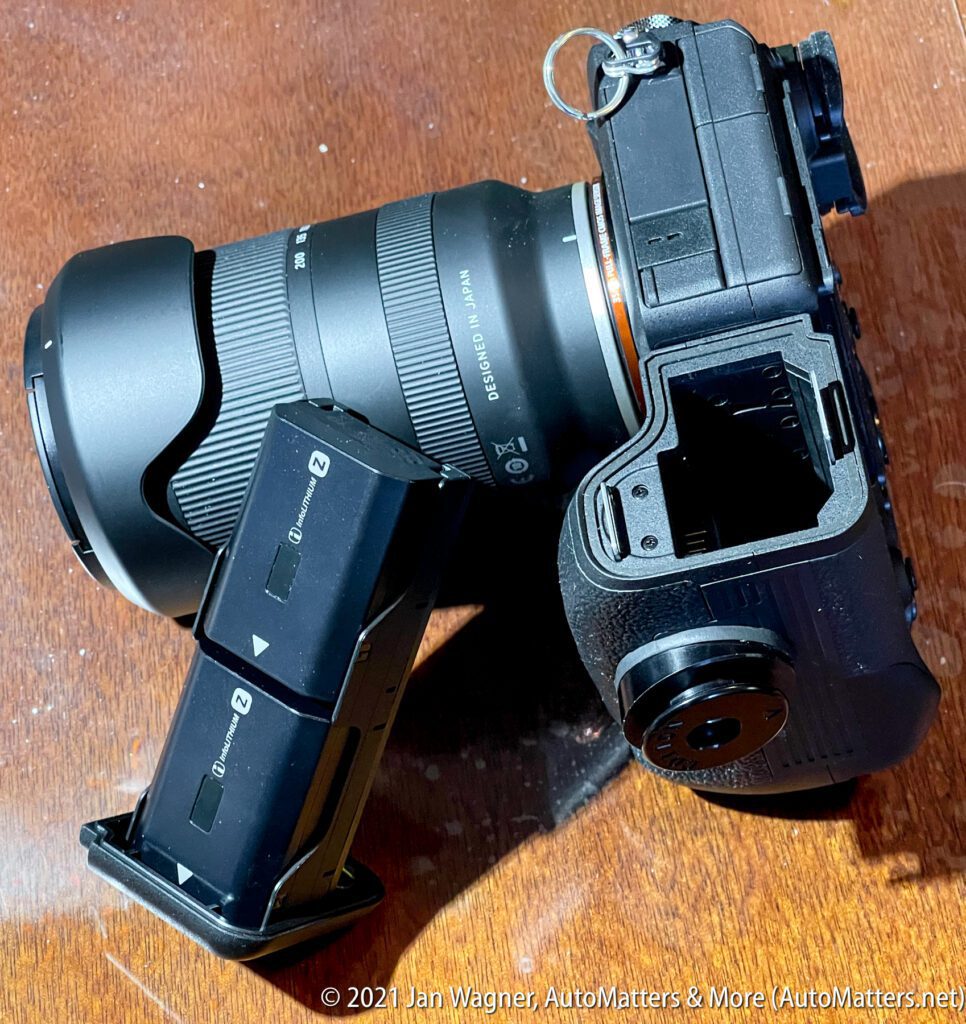
Now I need to learn how to operate my new Sony cameras. Their 54 menus (plus submenus) and controls are very different from my Nikons.
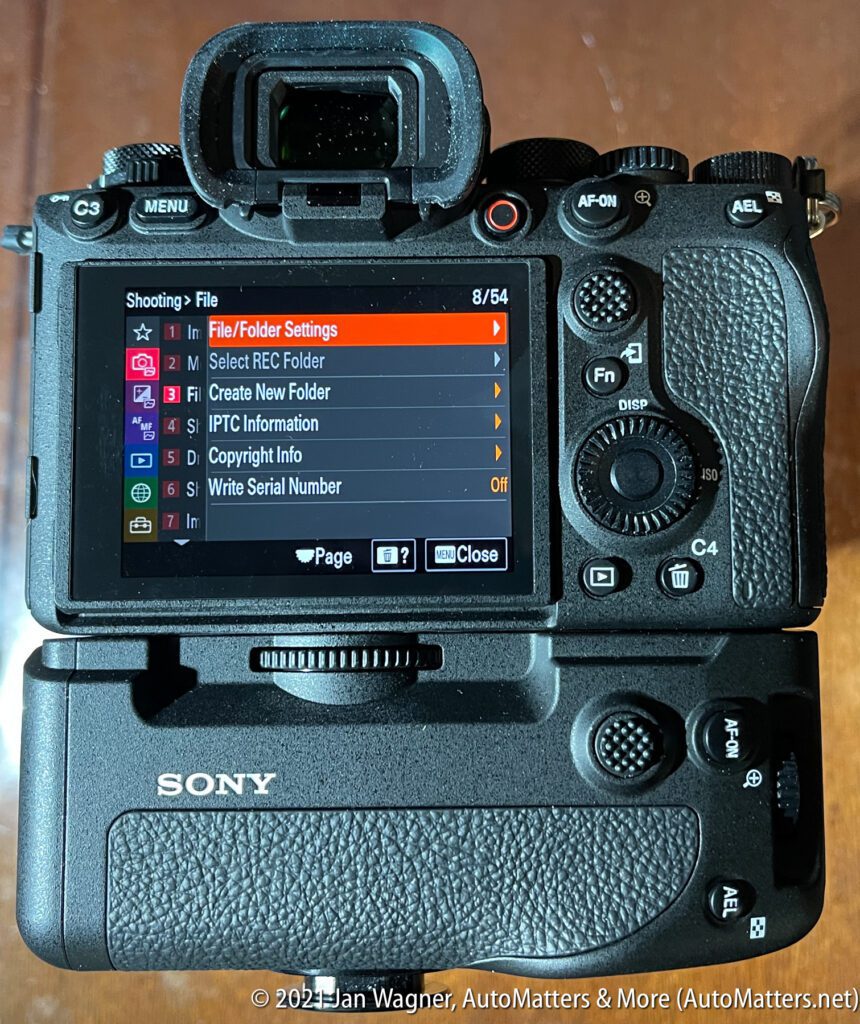
My first challenge will be shooting the Acura Grand Prix of Long Beach this weekend.
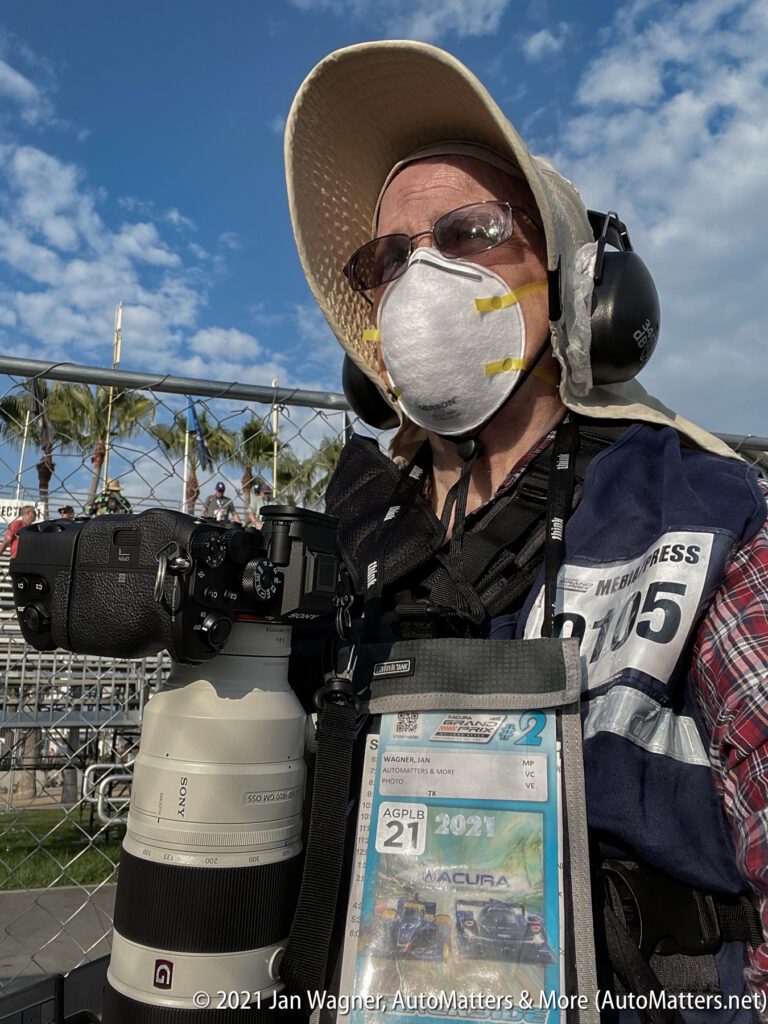
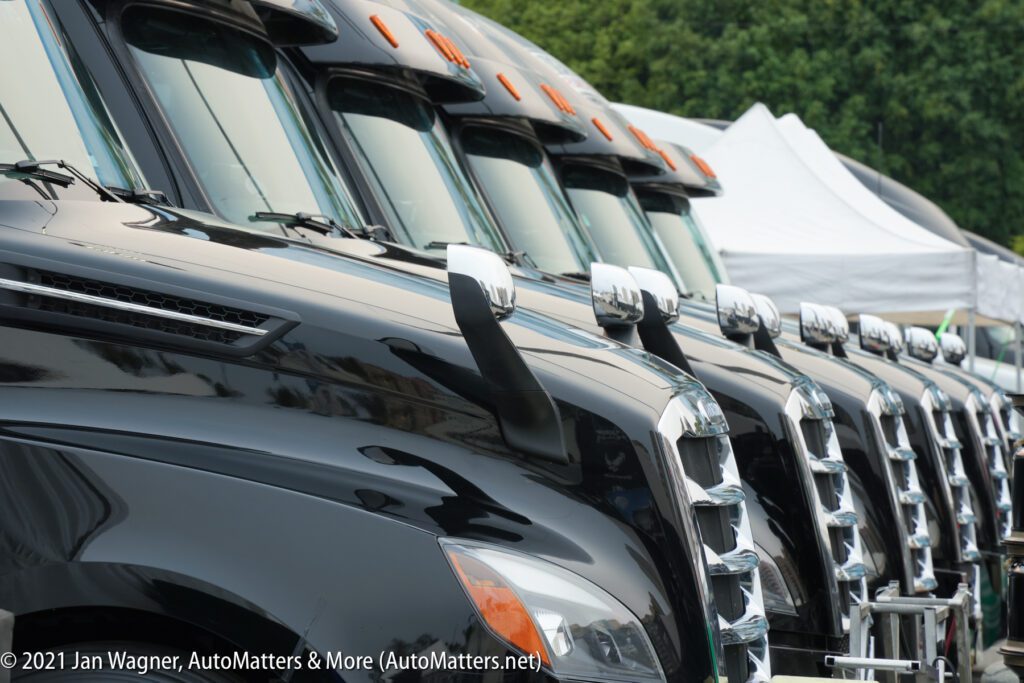


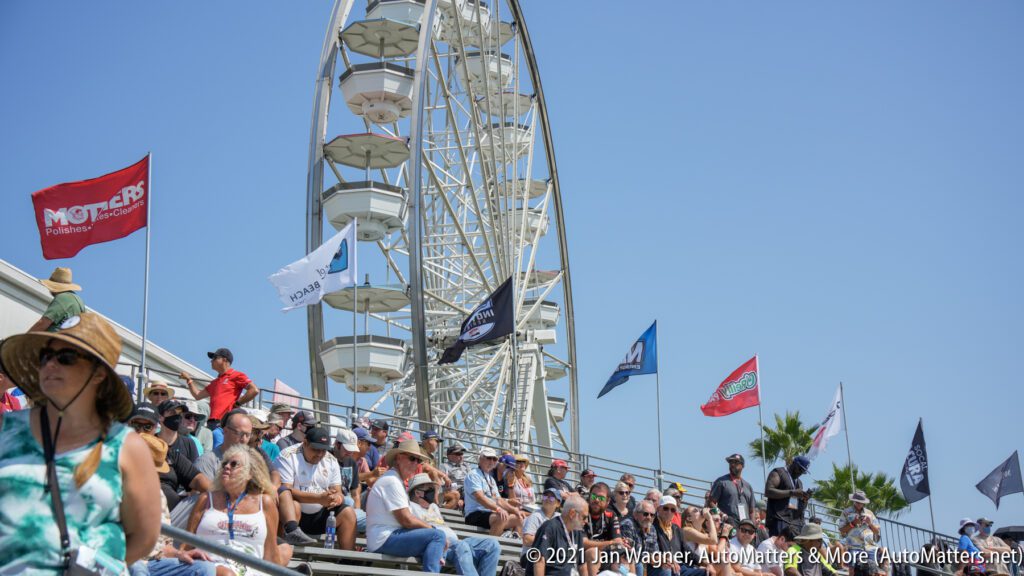
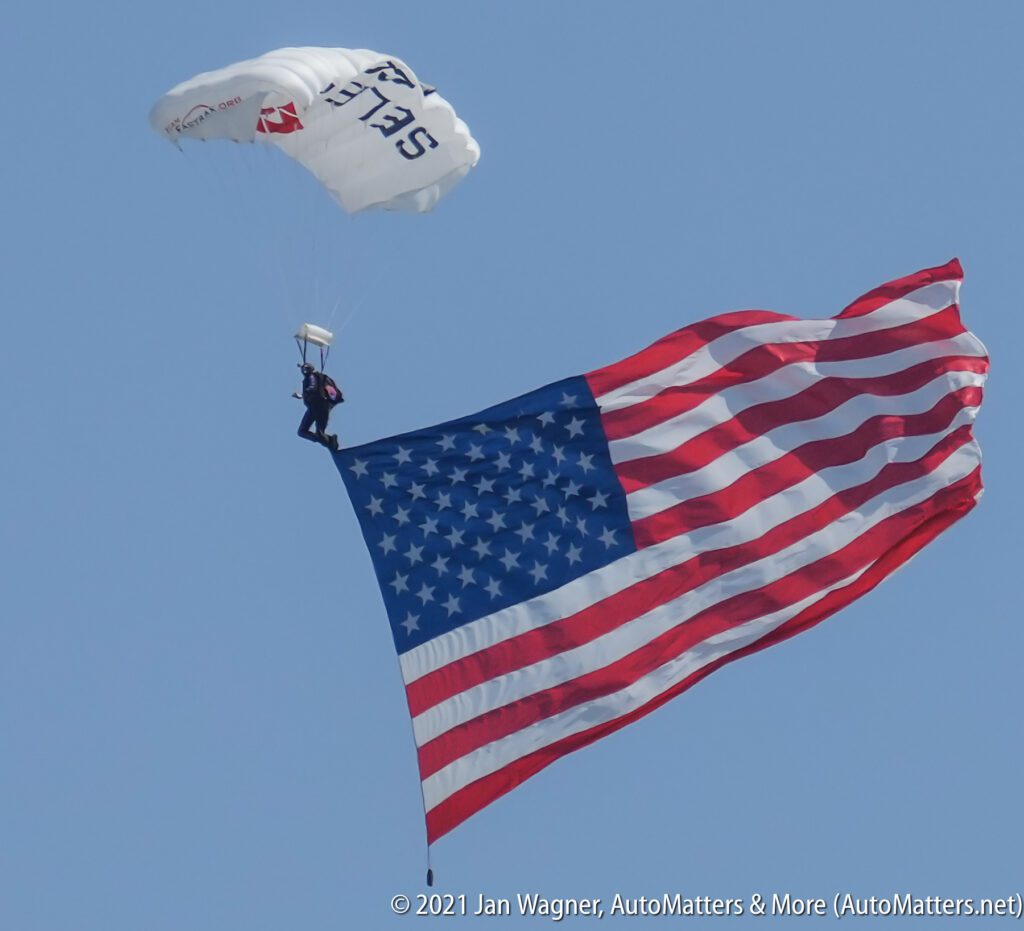



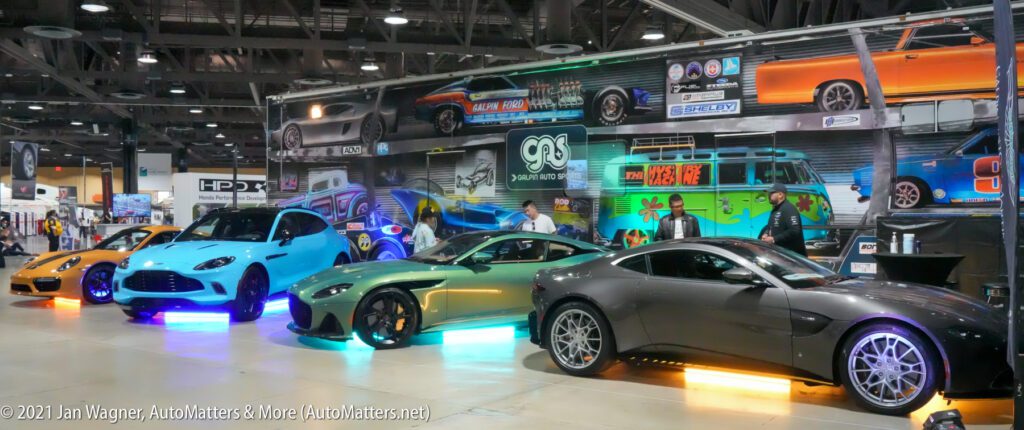
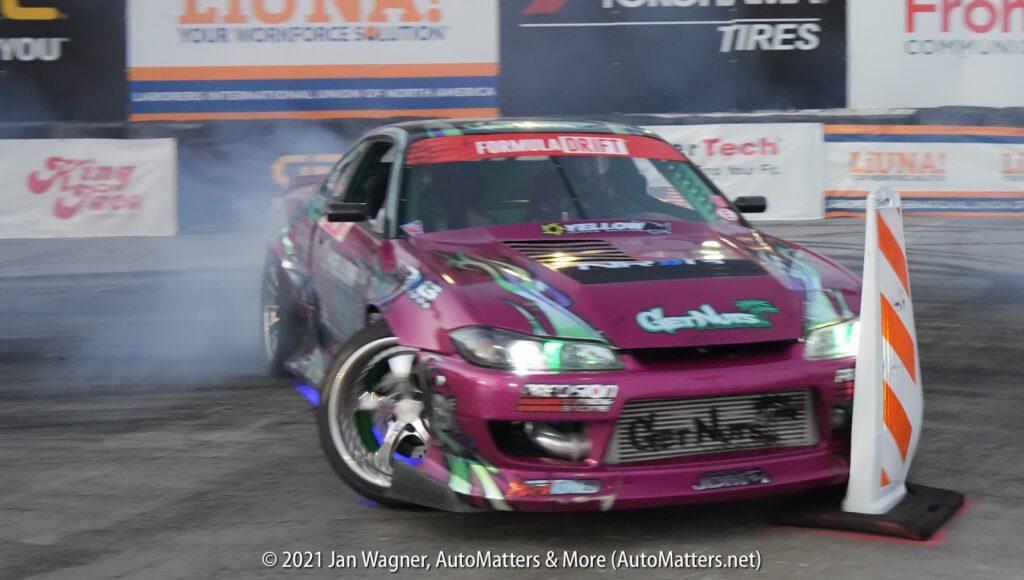
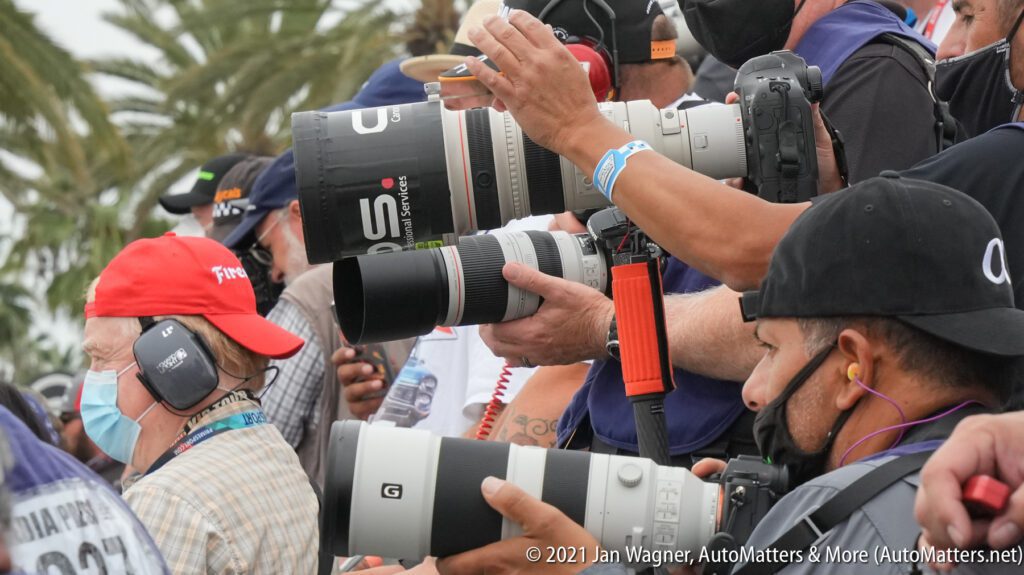
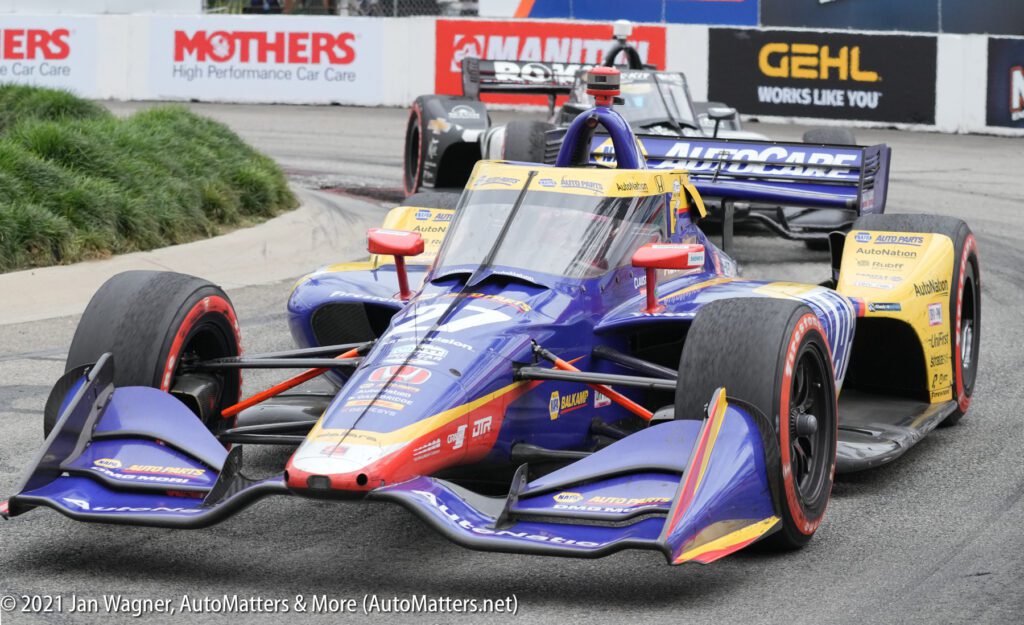
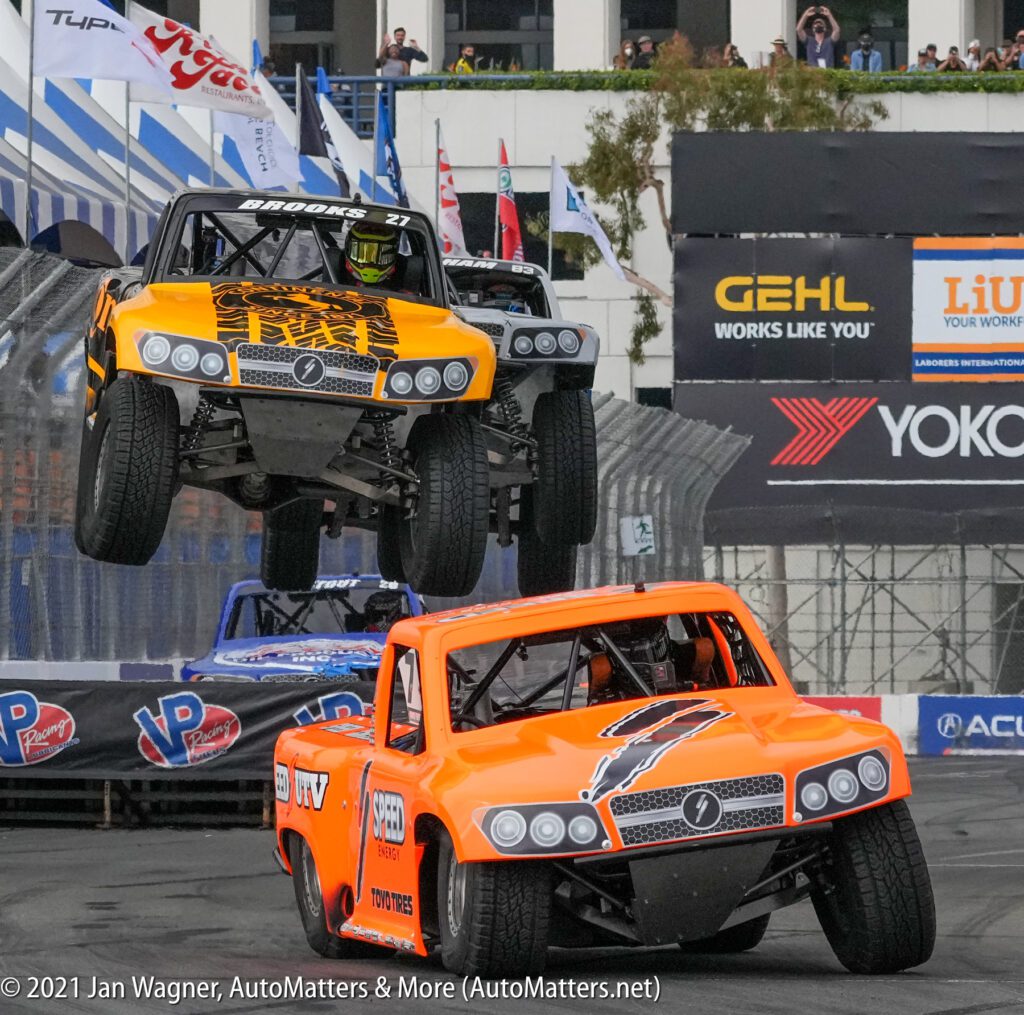
POSTSCRIPT (May 22, 2022):
Unfortunately, after using my new Sony Alpha 1 system for several months, I concluded that this Sony camera is not a good enough fit for my motorsports photography. I had been much more comfortable shooting with my Nikon gear, and I missed too many important shots with the Sony gear due to focus tracking failures. In motorsports photography you do not get do-overs. Things happen fast, and then they’re over forever.
I had heard good things about Canon’s brand-new full-frame, mirrorless, EOS R3 pro camera. Importantly, it had focus tracking capability for cars. However, I was unfamiliar with Canon professional cameras.
A Canon rep told me about a local camera store where another Canon rep was going to be bringing a Canon demo of the EOS R3. She suggested that I could go there to get some hands-on time with one, in order to make a more informed purchase decision. I went there, asked the Canon rep lots of questions, and put her demo camera through its paces.
Among other things, I learned that the Canon EOS R3 has similar ergonomics to the Nikon DSLRs that I had enjoyed and successfully used for 20 years. Also, some of the controls could be programmed to command similar operations from close locations to controls on my previous Nikons. I decided to order the Canon EOS R3 system.
Several months later, I’ve shot several motorsports events with the Canon EOS R3 system — some in very challenging situations, and the Canon EOS R3’s car focus tracking feature has worked really well.
An unexpected bonus is the ease in which the Canon EOS R3 also shoots video with the simple press of one button. I recently — and easily — shot a short motorsports video with it that has already had over 112,000 views on my “AutoMatters & More” YouTube channel. LINKS:

Jan, there are so many great pics in this column that I decided to have another look. The two photos of you with your camera gear are terrific…the earlier one with the Nikon equipment and the later one with the Sony gear. The telephoto lenses are especially impressive. You look like Indiana Jones, the consummate photographer!
Thanks David,
Indiana Jones — I’ll have to remember that one! I guess that now I will need to take a photo of me with my Canon camera gear — a trifecta!
Jan
I remember this original column when you sold your beautiful Nikon SLR equipment and replaced it with the new Sony mirrorless gear. You became disappointed and then bought the Canon EOS R3 system. Are you happy with your selection now? You are in a very expensive profession!
Hi David,
Thanks for the comment.
Yes, I’m much happier with my Canon EOS R3 RF-Mount mirrorless system than I was with the SONY Alpha 1 mirrorless system. I guess I’ll never know if I would have been just as happy — or happier — with the new Nikon Z9 full-frame Z-Mount mirrorless system, but that camera hadn’t been released yet when I needed camera gear so I took a chance with Canon. I’m happy to say that the car focus tracking feature of the Canon really, really works well, both for car racing stills and video. It’s not perfect but it’s very very good, as my experiences with the Canon EOS R3 system have already demonstrated.
Jan